Mastering Interferometry: Applications and Techniques
Interferometry is a technique used to measure and analyze the interference patterns of waves. The term comes from the word interference, a phenomenon that occurs when two waves of any kind come together at the same time and place.
Interferometry has found a multitude of applications across various scientific disciplines: from space explorations to precision engineering.
The basics of Interferomtry
Interferometry makes use of interference phenomena for measurement purposes, for example investigation into the flatness of an optical surface. Even though there are many different types of interferometers, all of them basically operate on the same principle – A beam of light comes from a single coherent source and two or more flat mirrors are used to split off different light paths. These beams are then re-combined so that they interfere with each other creating an interference pattern which holds information about the differing path lengths (or more precisely the phase difference between the 2 light paths), from which analytical information surrounding the sample can be deduced.
In order to get interference a highly coherent laser source is required. The more coherent the laser beam, or the longer the coherence length, the finer the detail that can be resolved in the interferometer. This means that single longitudinal mode (ie. single frequency) lasers, with very long coherence lengths, are thus a very suitable choice of source for any interferometric application.
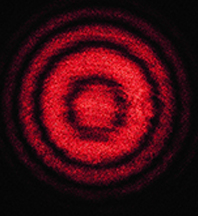
Fig.1: Interference rings for a Michelson interferometer (HeNe laser, 633nm)
Applying Interferometry across scientific disciplines
Interferometry, with its ability to measure minute changes in the properties of waves, has found a multitude of applications across various scientific disciplines, from unraveling the mysteries of the cosmos to advancing precision engineering and environmental monitoring. The benefits of using interferometry techniques have helped break new ground in astronomy, quantum mechanics, fiber optics, engineering metrology and spectroscopy just to name a few.
In the field of astronomy, for instance, it enables astronomers to observe celestial objects with unprecedented clarity and precision. Telescopes equipped with interferometric techniques can achieve astounding resolutions, allowing astronomers to construct detailed maps of stars and observe their evolution. For example, interferometric tools such as the Very Large Telescope Interferometer (VLTI) used by the ESO (European Southern Observatory), help distinguish details on the surfaces of stars and obtain very sharp images of celestial objects.
Another field of interest is semiconductor manufacturing as it this technique aids in the implementation of rigorous quality control procedures and performance criteria.
In the recent times Interferometry has been applied in spectroscopy to obtain high-resolution spectra and extract detailed information about the composition, structure, and properties of materials.
What are some of the limitations of using Interferometry?
Interferometry is undoubtedly a powerful and versatile measurement technique, but it comes with its set of challenges and limitations. For instance one of the challenges is the coherence length of the light source. If the coherence length is too short for the specific application, interference patterns may not form or may be unstable. Conversely, if it’s too long, it can introduce unwanted interference effects. Thus, matching the coherence length to the application is essential.
Another crucial element to consider are environmental factors which can affect the refractive index of the medium through which light travels, causing phase shifts in the interferometric signals. These environmental factors need to be controlled or compensated for in precision interferometric measurements.
Lastly, setups of the instrumentation can prove cumbersome and limit accessibility for some applications. In practical applications, interferometry may need to be conducted in real-world conditions, such as in the field or on a moving platform. Adapting interferometry to such scenarios can introduce additional challenges related to stability and setup portability.
Selecting the right laser type for overcoming Interferometry challenges
Interferometry’s far-reaching applications in the various scientific disciplines continue to expand and push the boundaries of what is possible. At HÜBNER Photonics we have been working to develop different types of lasers that can address some of the challenges observed in the implementation of this technique.
We provide one of the widest ranges of single frequency lasers in the industry for many interferometric techniques, including holography, Doppler velocimetry and dynamic light scattering. All of the Cobolt 04-01 & 05-01 Series lasers, along with the C-WAVE widely tunable lasers are single frequency lasers with coherence lengths > 10 m and thereby very suitable for almost any interferometric based application.
See related products
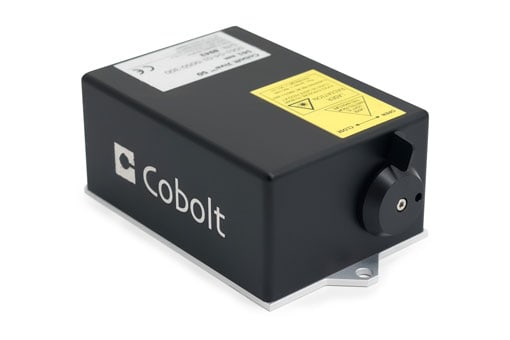
Cobolt 04-01 Series
Single frequency, CW diode pumped lasers
Wavelength: 457 nm – 1064 nm
Power: 25 mW – 400 mW
Applications: Raman, microscopy, LDV, DLS
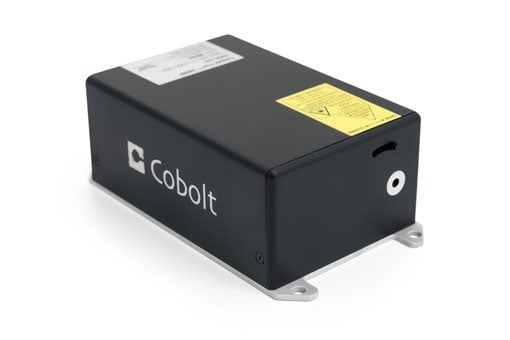
Cobolt 05-01 Series
High power, single frequency, CW diode pumped lasers
Wavelength: 320 nm – 1064 nm
Power: 10 mW – 3000 mW
Applications: Holography, Raman, microscopy, flow cytometry, research
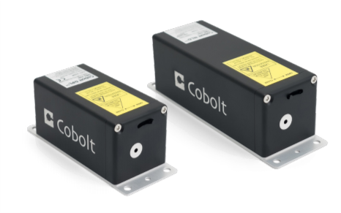
Cobolt 08-01 Series
Compact narrow linewidth lasers
Wavelength: 405 nm – 1064 nm
Power: 25 mW – 500 mW
Applications: Raman spectroscopy, interferometry, dynamic light scattering.
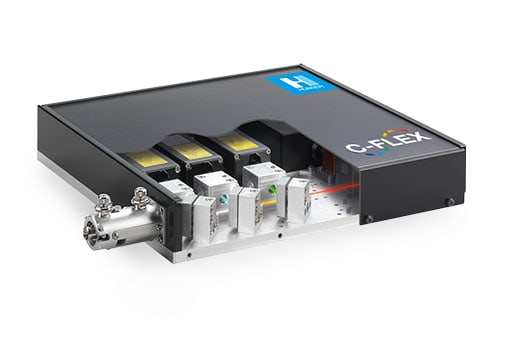
C-FLEX
The compact and flexible laser combiner
Wavelength: 375 nm – 1064 nm
Power: 50 mW – 1000 mW
Applications: Microscopy, Raman, holography
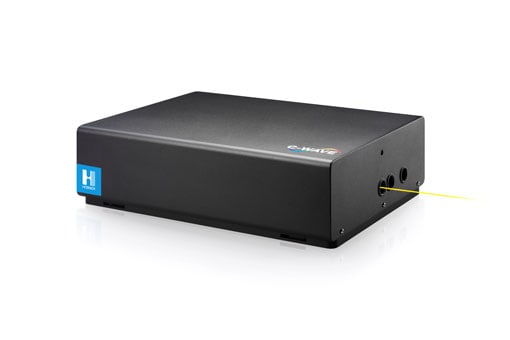
C-WAVE Series
Widely tunable continuous-wave lasers
Wavelength: 450 nm – 1900 nm
Power: 200 mW – 1000 mW
Applications: Nanophotonics, quantum research, Raman (TERS)
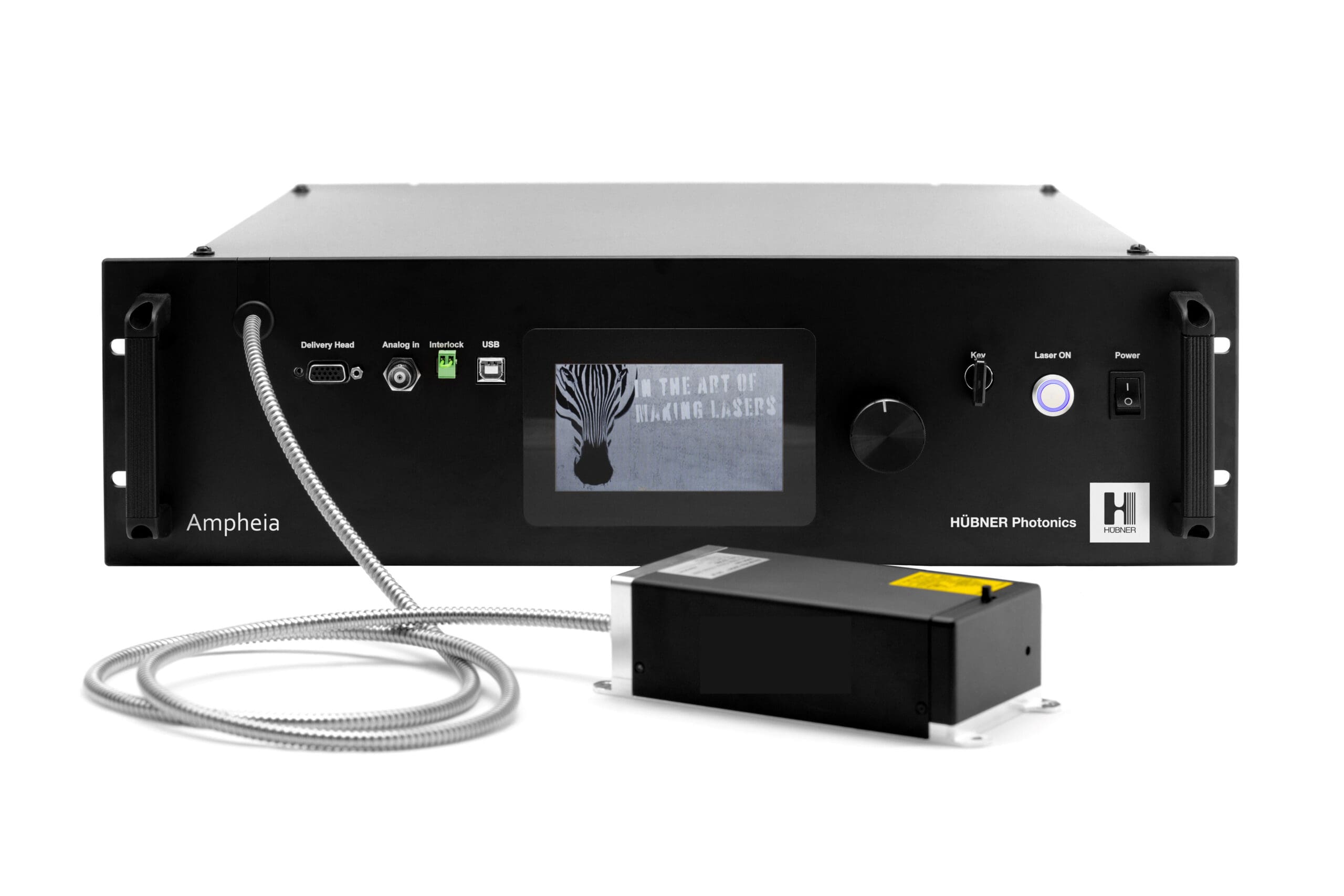
Ampheia™ Fiber Laser Systems
Ultra-low noise, single frequency, fiber laser systems
Wavelength: 532 nm, 1064.2 ± 0.6 nm
Output power: 5 W, 20 W, 40 W, 50 W
Applications: Atom Trapping and Cooling, Particle Analysis, Optical Metrology, Semiconductor Inspection, Holography, Low-Noise Laser Pump Source, Quantum sensing

